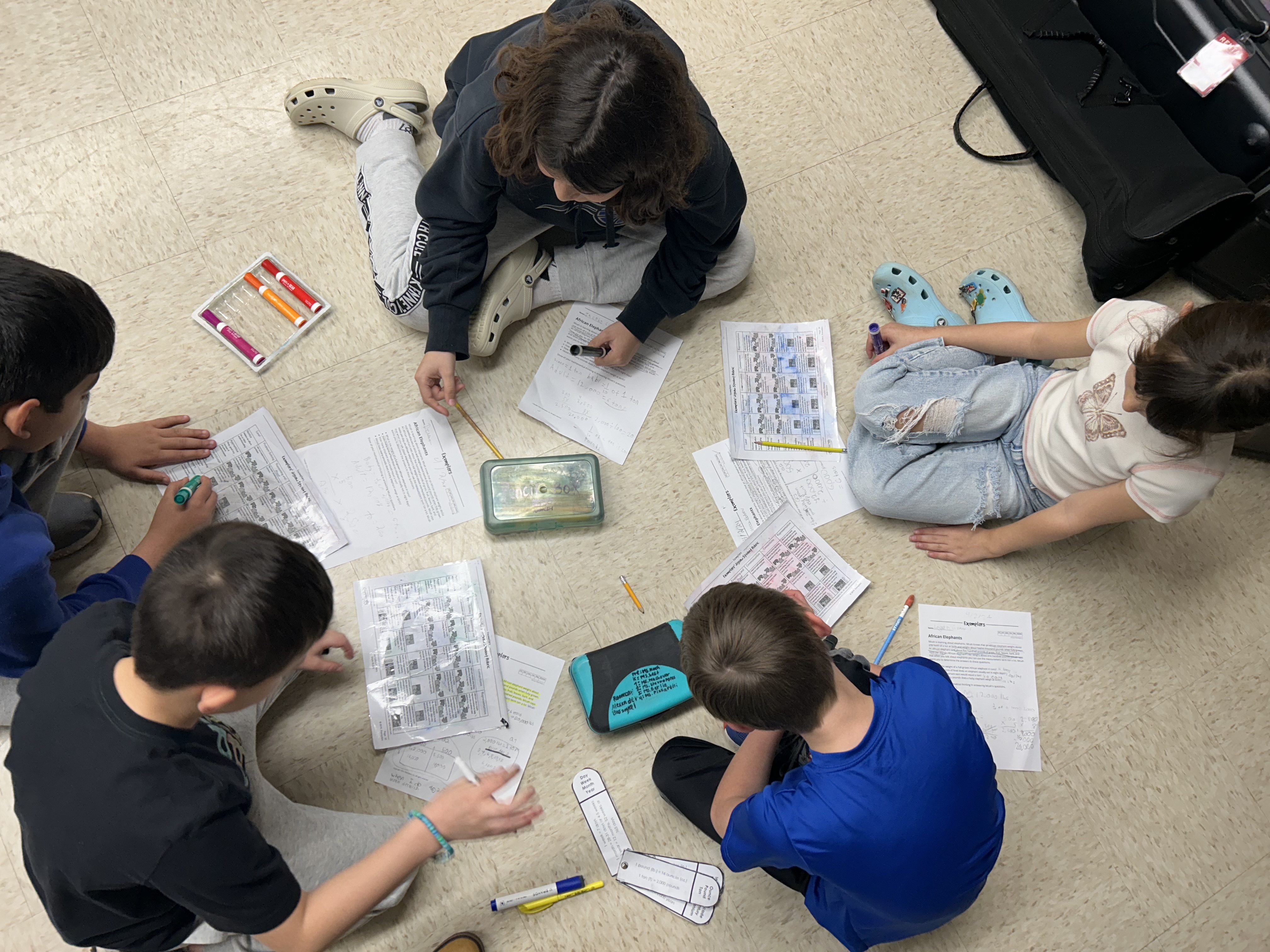I systematically teach the Exemplars Problem-Solving Process, breaking it down into one step per day. We begin with understanding the problem, then move on to thinking about a plan, solving the problem, reviewing the solution, and making a connection. To reinforce these steps, I guide the students through an Exemplars math task that is slightly below their grade level. This approach serves multiple purposes: it helps build students' confidence in their problem-solving skills, allows me to assess their prior knowledge for tailored instruction, cultivates a positive mindset, and encourages participation from all students, including those who may initially feel hesitant or unsure. Taking time at the beginning of the year to create this supportive and inclusive learning environment sets the stage for deeper and more meaningful learning experiences throughout the year.
Setting the Stage for Deeper Learning in Math
Written by Rania Saba, 4th Grade Teacher, New Jersey

The problem-solving process continues to be a challenging task for many of the fourth and fifth graders I teach, particularly in the context of word problems. Despite employing various strategies over the years to facilitate their mastery of this process, the struggle persisted until I learned about Exemplars and their accompanying problem-solving methodology. Over the past three years, since integrating Exemplars into my daily intervention block, I have observed significant growth and confidence in my students’ problem-solving abilities, reasoning skills, and capacities to articulate their thought processes clearly and concisely.
Establish a Routine for Problem Solving
From day one, I start building a routine for problem solving. I engage a heterogeneous group of students with a fun and interactive activity. After explaining the task expectations and while students are focused on the task, I discreetly take pictures of them working, and the funny part is that they do not even notice me taking pictures. These pictures that I develop and post on a wall in the classroom (all year) serve as a visual reminder of their engagement. Additionally, I work with students to brainstorm and set expectations for small-group behavior. Once the behavior expectations are established, we begin the Exemplars routine for problem-solving.
Create a Supportive Environment
Since integrating Exemplars ... I have observed significant growth and confidence in my students' problem-solving abilities, reasoning skills, and capacities to articulate their thought processes clearly and concisely.
This year, after the students practiced problem-solving for a couple of cycles, I introduced the Exemplars rubric. During session one, I introduced what a rubric means and the students and I brainstormed a rubric for cafeteria behavior. The next day, I introduced the Exemplars Jigsaw Student Rubric, which consists of five different criteria: Problem-Solving, Reasoning and Proof, Communication, Connections, and Representation. I introduced one criterion at a time and looked at student work samples from the Exemplars Math Library that represent each of the four levels: Novice, Apprentice, Practitioner, and Expert. This helped students understand the expectations for their work and provided them with a clear framework for self-assessment and reflection.
Break Down the Rubric and Use Student Work Samples
Breaking down the rubric into manageable parts and using examples of student work to illustrate each level of performance made the criteria more accessible and meaningful to them. Students, on most days, utilize the rubric to score one another’s work. This approach helps them see their progression over time and identify areas for growth in their problem-solving skills.
My fourth graders continue to strengthen their problem-solving skills and identify areas for growth as they engage in Exemplars during the mathematics intervention block. I love the fact that I can differentiate the task for them and that I can use a variety of tasks to ensure they master a specific concept, keeping the material fresh as my students build their learning at all levels. If you are not using Exemplars in your classroom, PLEASE start as soon as possible. Your students will LOVE it, and you will see their understanding and confidence in problem-solving and reasoning soar!

